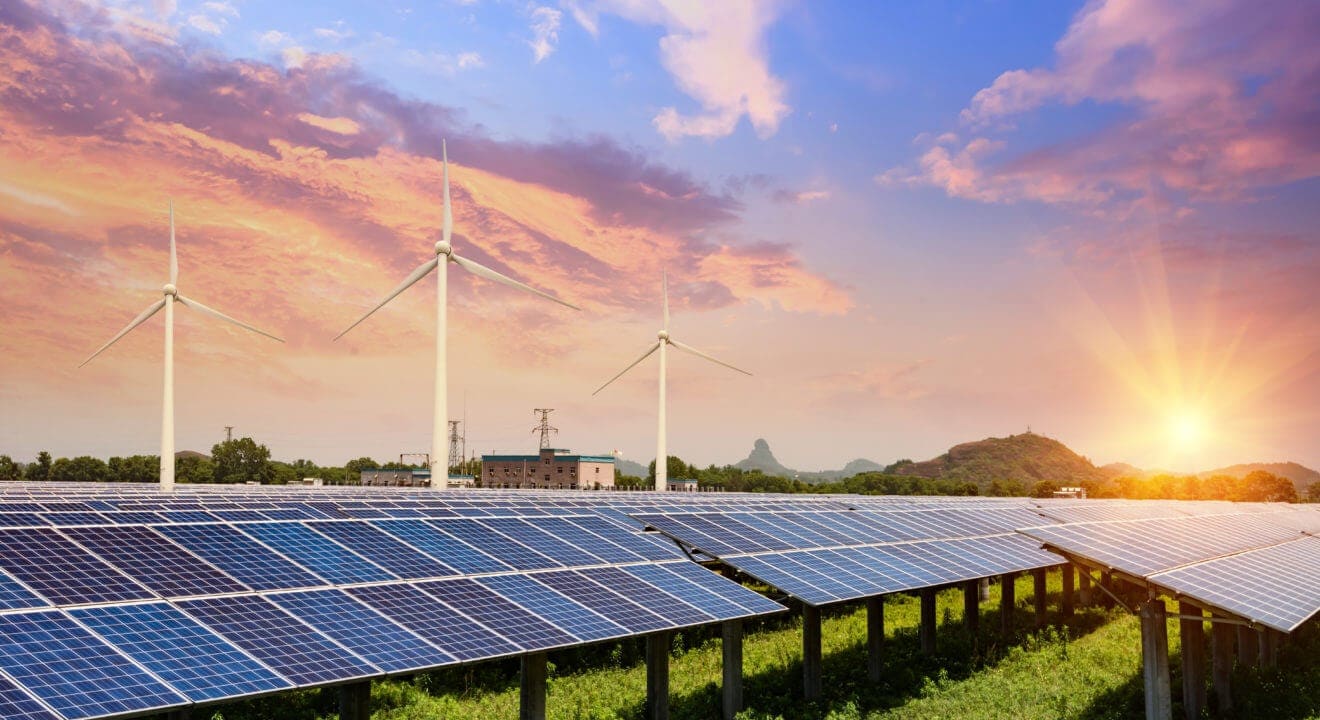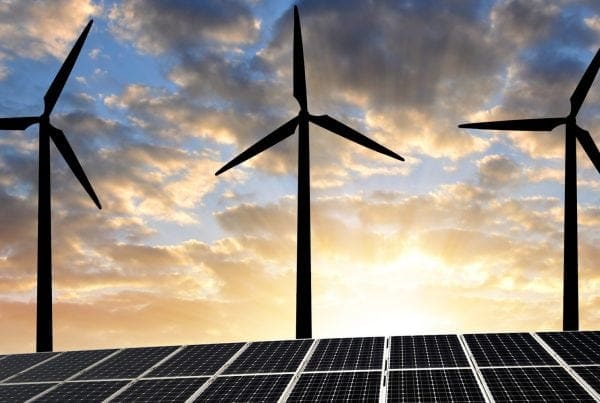With a nickname like “The Sunshine State”, it’s no surprise that solar power is very feasible in Florida due to the amount of sunshine the state receives. Though Florida is uniquely positioned for solar power generation, current state law has only recently allowed Third Party Owners (TPO) to sell, lease, or manage solar panels to local customers as of the elections of 2016. And while many other states have already allowed or encouraged solar initiatives, Florida could benefit greatly from current energy standards upheld in other states.
Floridians’ solar energy capacity is among the best in the nation. Though solar energy has not historically been an economically viable energy source, costs are going down and solar energy has displayed intrinsic economic benefits, especially for Florida. Most notably, solar PV (Photo-Voltaic) panels are able to operate without any fossil fuel-associated inputs, and produce little to no pollution. Fossil fuels, on the other hand, use massive amounts of pollution such as coal, oil, or natural gas, and create dangerous externalities ranging from smog-inducing particulate matter to greenhouse gas (GHG) emissions which contribute to climate change (IPCC, 2013). Additionally, solar energy generation benefits from economic geography here in Florida: because of its low latitude and surplus of sunshine, according to the National Renewable Energy Laboratory (NREL), Florida has the highest potential for solar PV power of any state East of the Mississippi River.
While overall demand is increasing for solar electricity for residential consumers, the biggest current barriers are the upfront costs involved with solar PV panel installation and the familiarization with solar PV panel technology and maintenance. For local energy users, TPOs can remove barriers to accessing this market and, ultimately, promote encouragement of solar energy development and usage. Under most TPO plans, customers bear no responsibility for the high up-front costs for purchasing and installation of solar systems. Customers also have the option to either buy their installed solar PV systems for a one-time fee, or can lease the system from the TPO for a monthly payment. Leasing is a popular choice for customers with tighter cash flow, and with leased solar PV systems, customers do not incur the costs of maintenance and the expertise required for it. These approaches open the solar PV market to additional consumer segments with less-than-high incomes, and leasing options are quickly becoming a prominent form of solar PV adoption for the future.





